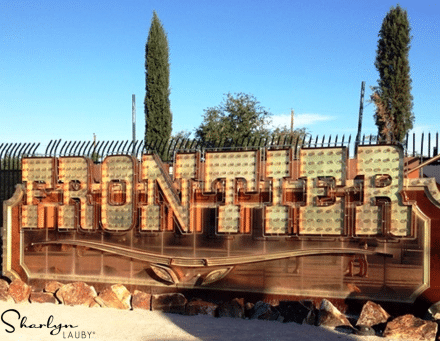Everything #HR Needs to Know About SaaS
In our continuing series on human resources and technology, I thought it would be good to cover a term that gets thrown around a lot – SaaS. It’s an acronym for Software-as-a-Service.
Many times, when I hear the term SaaS, it’s used in the same sentence as “the cloud.” So much so that it’s easy to wonder about the relationship between the two. Are they the same? Different? And how do they work?
So I reached out to a friend who works with a SaaS product to see if she would share her expertise. And luckily, she said yes. Helene Kopel is a product development leader specializing in Web-based products for small businesses. She currently spearheads the SaaS (Software-as-a-Service) product development and customer success teams for the HRdirect Family of Brands, including TrackSmart employee time and attendance software and Hello Scheduling staff scheduling software.
What is Software-as-a-Service (SaaS)?
[Helene] Basically, SaaS, is any software, paid for through a subscription or license rental that you use or run but isn’t installed on your computer. This is opposed to traditional software, which requires you to purchase a license outright and install the software on your own computer or network, using your own data center and servers.
How does SaaS compare to “the cloud”?
[Helene] Although people use the term differently, “the cloud” really only refers to computing resources – like data storage, virtual servers or networks that aren’t tied to a specific location. SaaS vendors, developers and information technology departments handle the technical side and work within the cloud to make sure the SaaS application works for the users. So when you run a SaaS application, you typically log in to the website and the app itself is running in the cloud, but you are not in the cloud; the SaaS app is.
What are the advantages to SaaS?
Another big advantage: SaaS products are typically more affordable. Instead of purchasing expensive software outright, you can pay a reasonable monthly or annual fee to access a program instead. Maintenance costs, updates and new releases are generally included in SaaS fees too, whereas traditional installed software usually requires you to buy an upgrade package and install it – or pay for others to help you do so.
Scalability is a huge advantage that SaaS has over traditional software, too. Many SaaS vendors offer a variety of plans, typically based upon sets of features or numbers of users, so you only pay for what you really need. At TrackSmart, for example, we know that employee attendance tracking software shouldn’t be a ‘one size fits all’ service, and we offer different plans to accommodate businesses of various sizes and needs.
You mentioned affordability as one of the big benefits to SaaS. If I’m not currently using SaaS, is it expensive and time-consuming to move to a SaaS environment?
[Helene] Not at all. SaaS applications are typically cheaper and easier to use than traditional software. So while making the transition may take some time upfront, you’ll save time in the end since you won’t have to download or install any more upgrades, bug fixes, or other updates to traditional software. And there’s no major investment to get started.
So, there a lots of advantages. Is there a downside to SaaS?
[Helene] Since SaaS applications aren’t installed on your computer and typically require an Internet connection to run, speed and service outages – either on your end or the vendor’s – can be issues that affect your workflow. But the biggest issue, of course, is data security and privacy.
Speaking of security and privacy, is SaaS secure?
[Helene] SaaS applications can be very secure – sometimes more secure than traditional software. But businesses should always take care when transmitting sensitive employee data over the Internet. While there are many, many reputable and secure SaaS vendors, it’s a field full of startups that may be less-than-thorough with their security protocols. To best protect your employees and your business, only use services that have detailed security and privacy policies listed on their sites.
Last question, what do you see as the future of SaaS?
[Helene] Data integration will become much easier and more readily available, moving forward. One of the biggest downsides of traditional software is that these applications are usually independent tools that can’t always ‘talk to each other,’ for lack of a better term. Sometimes, the same information lives in multiple places, simply because it can’t be easily shared between different software, which means double the effort and time to upload or enter data. With the current trend toward data integration between SaaS applications many of your systems will be able to share information and work together.
[Tweet “Here’s everything #HR needs to know about SaaS”]
Many thanks to Helene for sharing her knowledge with us. If you want to learn more, you can check out the TrackSmart blog or the Hello Scheduling blog.
As technology and the functions of human resources become more integrated, it’s important for us to understand the terminology. We have to make good decisions for our organizations on the right technology to accomplish our strategy, the most effective technology to buy, and the reasons why one technology solution is better than another. Knowing key technology terms is essential.
Image courtesy of Sharlyn Lauby
3